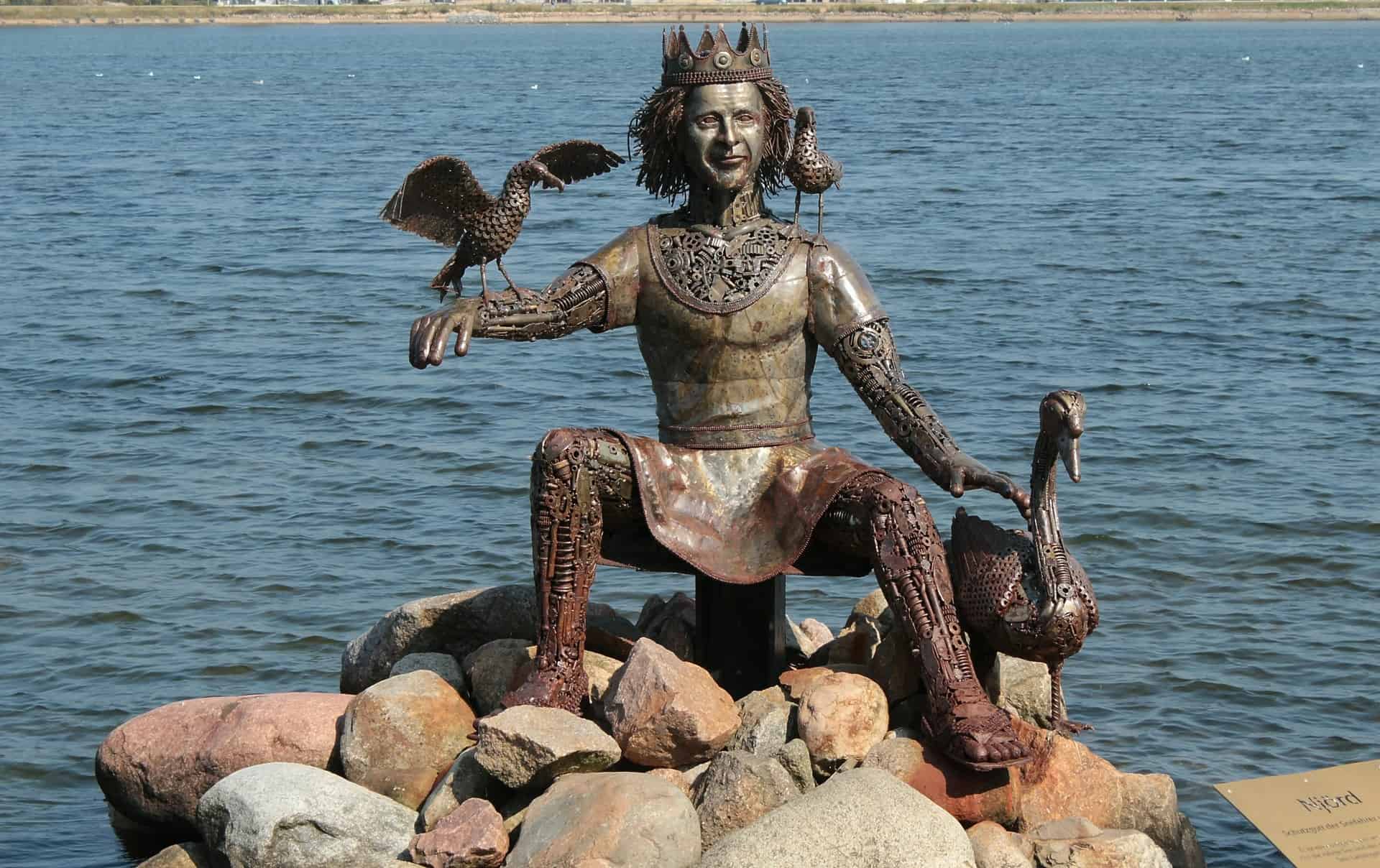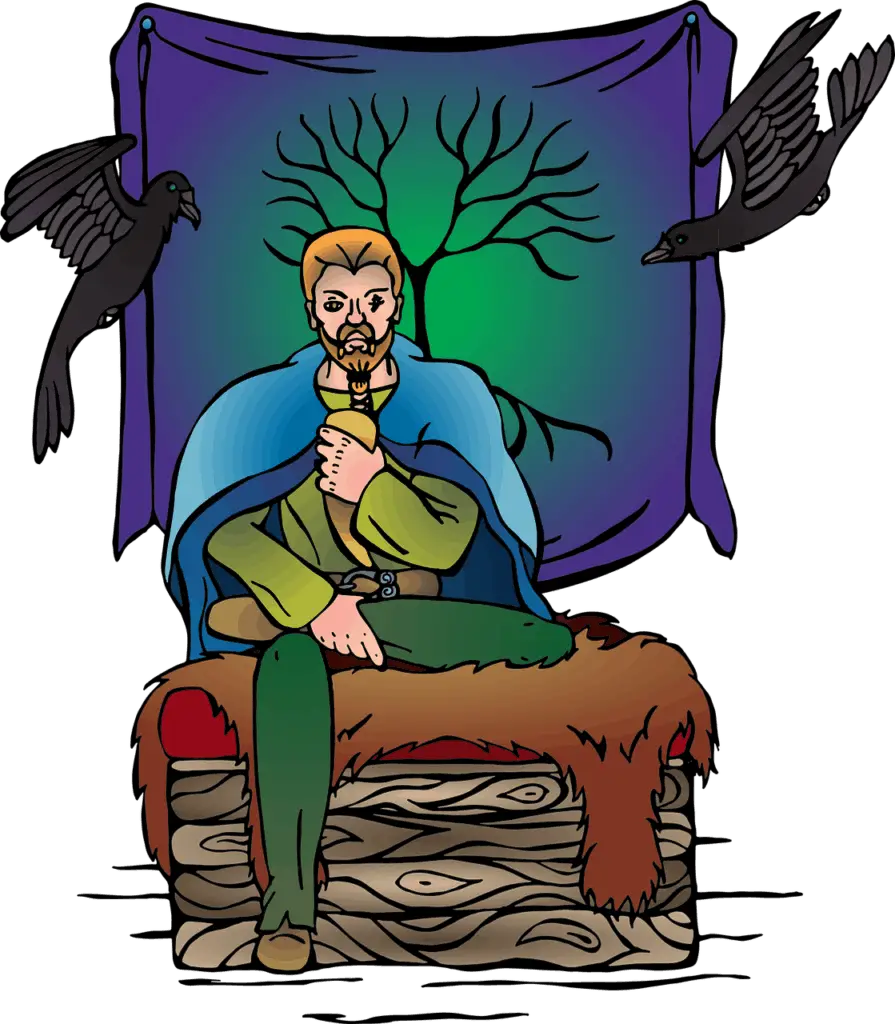Norse god of war is part of the rich Norse mythology. The Norse mythology has up to twelve important Gods whose place in the Nordic region myths is highly regarded. Aside from the god of war, Tyr, some other eleven Norse Gods include Odin, Thor, Balder, Vidar, Vale, Brage, Heimdall, Njord, Froy, Ull, Forseti, and Frigg.
What are the Norse Gods?
To better understand the Norse Gods, a little history about how they gained their space in the mythology is a better starting point. The Gods can be traced back to the 9th century AD from Northern Germanic tribes.
The stories about the Norse Gods gained their popularity across the generations in the form of poetry until they were put into text between the 11th century to 18th century. Norse mythology involves Scandinavia people’s myths and pre-Christianity beliefs.
Norse Mythology
It is the mythological framework of Scandinavia, which was upheld during the Viking age. Norse mythology involves the tales of different heroes, beings, and deities coming from various sources prior to and after the period of paganism. Besides, it contains all kinds of mythological beings and varied worlds.
Main Sources of the Norse Gods
In getting a clear and detailed picture of the beliefs and myths, layers of history have to be peeled back. Thus, when it comes to Norse gods, there is only a little information about them because the information was put into writing late. The Norse mythology is mainly attested in the Old Norse dialects. Learn alot more about Old Norse on oldnorse.org It was a classical North Germanic language, which was utilized from 1150 to 1350.
The Main Norse God of War
The Norse gods mainly belonged to two clans Vanir and Æsir. The representatives of Æsir are Tyr, Heimdall, hod, Balder, Odin, Thor, and Loki, and they are considered the leading gods. As for the second clan, the notable members are Freyja, Freyr, and Njord. Despite the dissension, the two families combined their ideals and powers in prospering.
Tyr; the god of war
Tyr was the bravest warrior and a Norse god of war. Besides, he was a member of the Aesir tribe, and he advocated for justice and order. Although he represented bloodshed and war, he was known to bring order and justice to the people. He had a contradictory nature, which comes about because people are not informed about him or rather they lack clear and in-depth information regarding him.
Tyr is famous for wrestling Fenrir also known as the monstrous hound, and through that process, he lost his arm. A Germanic deity origin is also linked to the Norse mythology in the Common Era early centuries. His importance was waned despite being a powerful and famous figure in Germanic religion. In addition, his famousness came about because of using the letter “T” and Tuesday that meant Tyr’s day.
For the Germanic individuals, Tyr is believed to be one of the oldest gods and as well as an enigmatic figure. He is the god who was concerned with war formalities, mainly treaties, and he was in charge of justice. In his character as guardian of oaths and contracts guarantor, the famous myth about him was placing his hands between Fenrir, monstrous wolf hands as he intended a trap and pretended a sport for the wolf.
Meaning and origin of Tyr-the Norse God of war
Tyr’s name means a “god,” and it is derived from Proto Indian European word “dyeus.” The word was mainly reserved for the most powerful deities, and this means that Tyr might have been holding such a position. Unfortunately, the importance of Tyr declined when the initial Norse was being recorded.
Apart from being a brave warrior, Tyr was a justice champion and source of wisdom. The detailed description of Tyr is from Prose Edda’s book under Gylfaginning. Prose Edda described him as daring, a person with a stout heart as well as much authority over win in a battle. He also surpassed the other men, and he is the wisest man, and he is also called Tyr prudent. The most well-known attribute about him is his missing hand.

Family of Tyr
Tyr’s father is unknown; he might be the son of Hymir, a giant, or Odin, the king of gods. Although the mother is not mentioned, his grandmother is described as a woman with approximately nine hundred heads. Despite these, most scholars argue that Odin is the true father of Tyr, as evidenced by Snorri Sturlusons’ dialogue in Skáldskaparmál.
Tyr’s mythology impact on Nordics
Tyr provides a lesson for the Nordics and modern men on the importance of self-sacrifice. The action taken by Tyr presents courage. In most cases, people have excuses for their wrongdoings, such as getting courage from taking drugs and scolding teachers. The following are the things Nordics can learn from Tyr, the god of war:
Pluck up courage
What are courageous people like? In Norse mythology, Tyr is considered a symbol of courage, as he is the only god who volunteered to feed the giant wolf, Fenrir. Initially, when the gods made the decision of raising Fenrir, they faced different challenges, and they were afraid that Fenrir would devour them. Thus, no one could feed or approach the wolf, yet Tyr was so courageous to do so.
Keep your words
From the actions of Tyr, the Nordics can learn to be people of their words to represent qualities of honor and justice. Tyr was a man of his words because when the gods tried to bind the wolf with magical chains, the wolf claimed that the gods should swear not to trick the wolf. The only god who volunteered to put his hands in the mouth of Fenrir was Tyr.
Although Tyr had the chance of withdrawing his hands earlier from his mouth, he did not do so. Instead, he accepted the loss of losing one of his hands. He made a sacrifice to amend things, and it acted as an oath, which he fulfilled. Therefore, Nordics can learn the importance of sacrificing to better themselves.


